Services
 Popular Services
Popular Services
India's first flower bulb & fruit plants projects
Floriculture is the cultivation of flowers as a subset of horticulture. Flowers are cut or preserved in vases and put in seasonal displays. Flower cultivation can range from large-scale commercial operations with hundreds of square meters of glass or plastic under glass or plastic to the owner of a single potted plant growing on a windowsill encompasses the cultivation of floral and decorative plants for gardens, greenhouses, nurseries, and the cut flower business. Floriculturists may specialize in cultivating certain types of plants, such as bedding plants, cut flowers, foliage plants, or potted plants, and may employ a range of techniques, such as hydroponics, to promote plant growth and quality.
TISSUE CULTURE
Tissue culture is a technique for cultivating cells, tissues, or organs outside of the organism from which they were produced. Tissue culture may refer to the application of this technology in the context of framing to produce plant cells or tissues for use in framing, such as producing new plants for use in horticulture or agriculture. Tissue culture can also be used to reproduce rare or endangered plant species, as well as to create genetically identical plants for study or commercial applications.
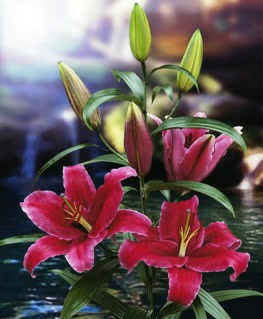
WALNUT
A walnut is a kind of tree nut produced by the walnut tree (genus Juglans). The tree is native to the eastern Mediterranean and central Asia, but it is currently planted all over the world for its nuts. The walnut tree may reach a height of 40 meters (130 feet) and survive for more than 200 years.
The nut of the walnut tree is covered in a strong, oval-shaped hardwood shell. When the nut is young, the shell is green, and when it is ripe, it turns yellow-brown. The nutmeat inside the shell is edible and has a rich, somewhat bitter flavor.
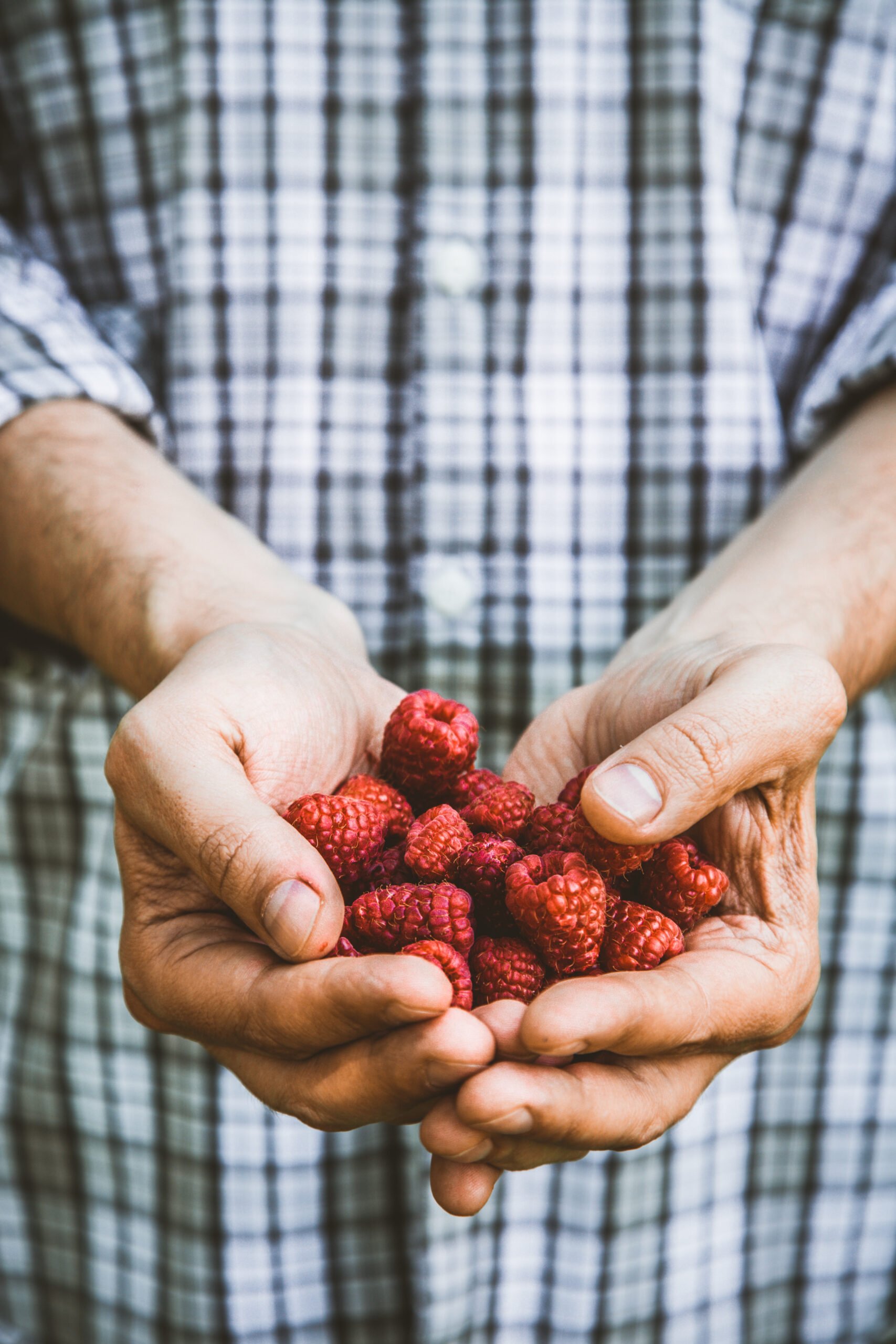
Experience Excellent Sweets
BERRIES
Berries are tiny, tasty fruits that grow on bushes or small trees and are frequently vividly colored. They are often abundant in nutrients and antioxidants and may be eaten raw or cooked or baked. Berries are also high in fiber, vitamin C, and other vitamins and minerals. They are low in calories and high in natural sugar, making them an excellent substitute for manufactured sweets.
Organic Foods Provides
Reforming The Systems
DRIP IRRIGATION SYSTEM
Drip irrigation is a form of irrigation system that slowly and steadily provides water to plants' root zones. In comparison to conventional irrigation techniques like overhead sprinklers, it is said to be more effective since it minimizes water loss through evaporation and runoff. Row crops, orchards, and landscaping all benefit from the usage of drip irrigation systems. Additionally, they can be applied to both extensive and intensive farming operations. A water supply, a filter, a pressure regulator, tubing, and emitters are all components of the system that deliver water to the plants.

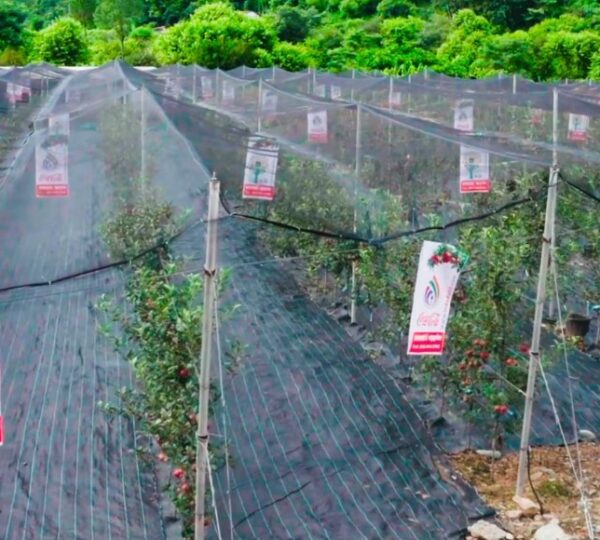
FOUR-WIRE TRELLIS SYSTEM
The four-wire trellis system consists of two eight-foot wooden posts spaced eight feet apart and four-foot-long lengths of half-inch-diameter galvanized wire with a hook on one end (available at garden centers) that are twist-tied to the wooden supports. Trellis systems are used for cane support with trailing and semi-erect cultivars to keep the fruit off the ground and erect cultivars that will grow tall before being cut. The placement of canes on a trellis increases solar exposure, air circulation, and spray penetration throughout the canopy. Planting will be easier to handle if a trellis system is used. Easier harvesting leads to cleaner picking, which reduces the attractiveness of picnic, sap, June, and Japanese beetles, which can be attracted by overripe and rotten fruit. Trellising can also help with floricane eradication. Build trellises before the first harvest season.
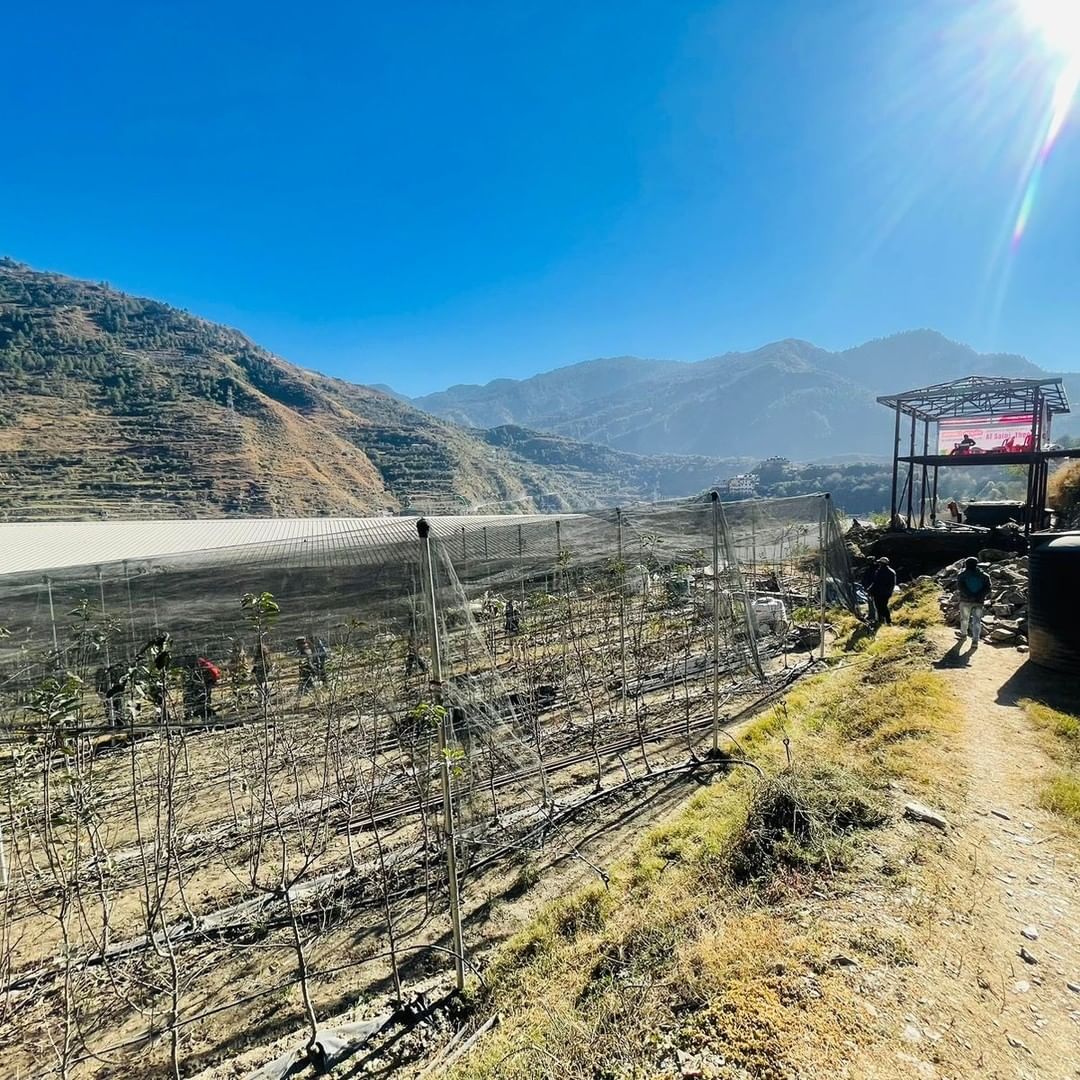
FENCING
Fencing is one of the oldest and most successful means of enclosing agricultural portions and preventing animal wandering.
It also keeps predators at bay and is regarded as an effective technique for separating huge herds.
The idea of fences dates back to the days when farmers kept domesticated animals on their farms, including cows, sheep, and chickens.
The keeping of large animals like these required lots of effort and the farmers had to ensure that there were clear areas for them to move about or otherwise they might break the fence and escape from the farms.
Fencing was created in this setting, where it has been used for a variety of purposes for many years.
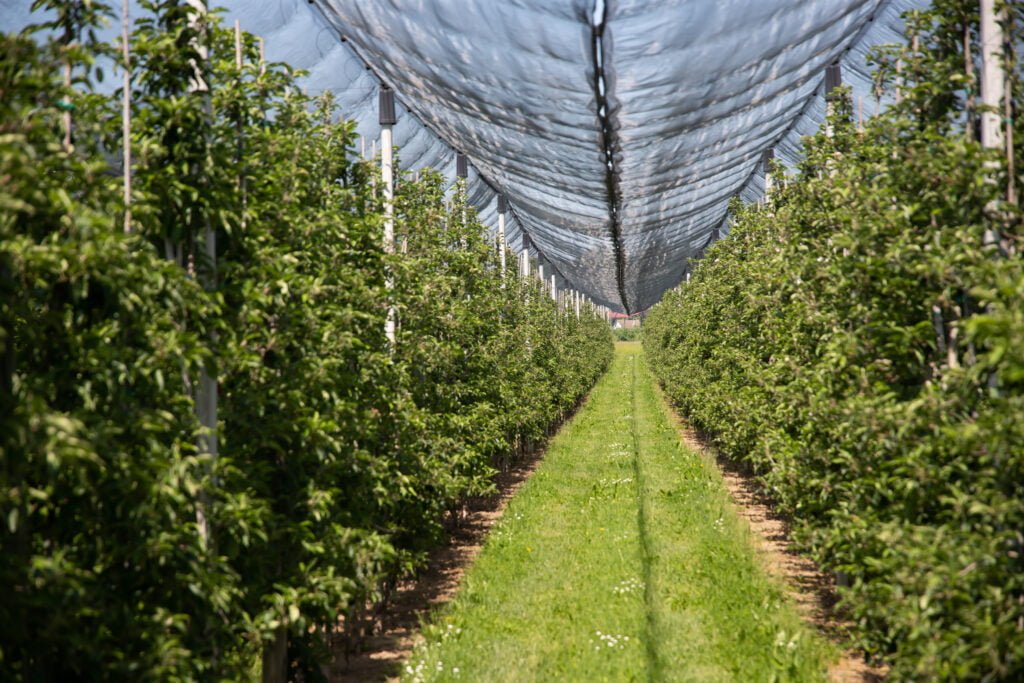
HAIL NET AND BIRD NET
Hail nets and bird nets are ways of stopping hail fall on your crops which can cause major damage to your crops. Hail is a frozen wall of raindrops. When it falls on dry ground, it becomes a ball of ice that can weigh anything from a few grams to more than a tonne. A hail net is a piece of sturdy fabric net that is used in the field to protect crop heads from hail. Other names for it include hail guard and hail defender. The framework is comprised of four meshes in each of four metal rings, which are then joined together to form the structure. Some pegs or strings are required to aid in fastening the net to fields; these would be set at a rate of 4 days for every 30m, and they might also support insect-repellant strips, among other things. To make their job easier, those who set hail nets should climb any higher surfaces.
 Our Schemes for
Our Schemes for
Get Apple Plants & Orchard

Unnati Scheme
250 Imported Quarantine UHDP apple Plant+
 Drip Irrigation System
Drip Irrigation System Mulch Sheet
Total Price -
INR 1,20,000 Only
For
5+ Feather Plantsand
INR 1,45,000 Only
For
7+ Feather Plants
Mulch Sheet
Total Price -
INR 1,20,000 Only
For
5+ Feather Plantsand
INR 1,45,000 Only
For
7+ Feather Plants
 Drip Irrigation System
Drip Irrigation System Mulch Sheet
Total Price -
INR 1,20,000 Only
For
5+ Feather Plantsand
INR 1,45,000 Only
For
7+ Feather Plants
Mulch Sheet
Total Price -
INR 1,20,000 Only
For
5+ Feather Plantsand
INR 1,45,000 Only
For
7+ Feather Plants
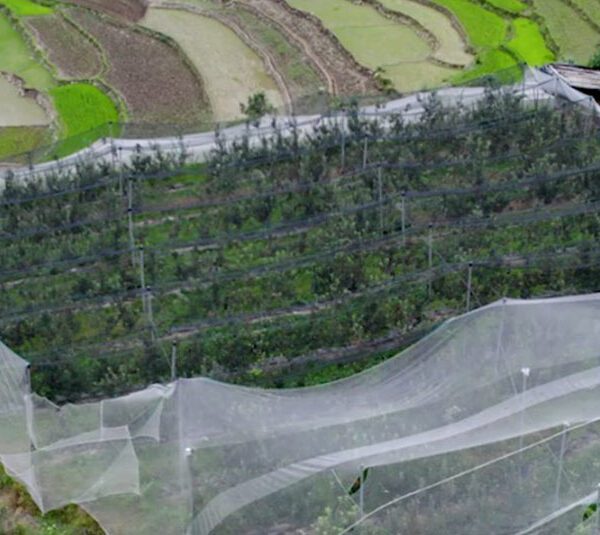
Unnati Full Trellis Model
250 Imported Quarantine UHDP apple Plant
+
Imported Quarantine UHDP Apple Plants with Trellis 4 Wire
System, Mulch Sheet, Drip Irrigation, Plant
Clamps, Anti Hailnet Top Cover, Boundary
Gate with complete installation of trellis.
Total Price -
INR 1,20,000 Only INR 3,00,000 Only + GST = INR 3,29,750 Only For 5+ Feather Plants

Utkarsha Scheme
A Dedicated Scheme for Strong
Women of Uttarakhand 50 Imported Quarantine UHDP apple Plant
+
 Drip Irrigation System
Drip Irrigation System Mulch Sheet
Total Price -
INR 25,000 Only For 5+ Feather Plants Only For 5+ Feather Plants
Mulch Sheet
Total Price -
INR 25,000 Only For 5+ Feather Plants Only For 5+ Feather Plants
 Drip Irrigation System
Drip Irrigation System Mulch Sheet
Total Price -
INR 25,000 Only For 5+ Feather Plants Only For 5+ Feather Plants
Mulch Sheet
Total Price -
INR 25,000 Only For 5+ Feather Plants Only For 5+ Feather Plants
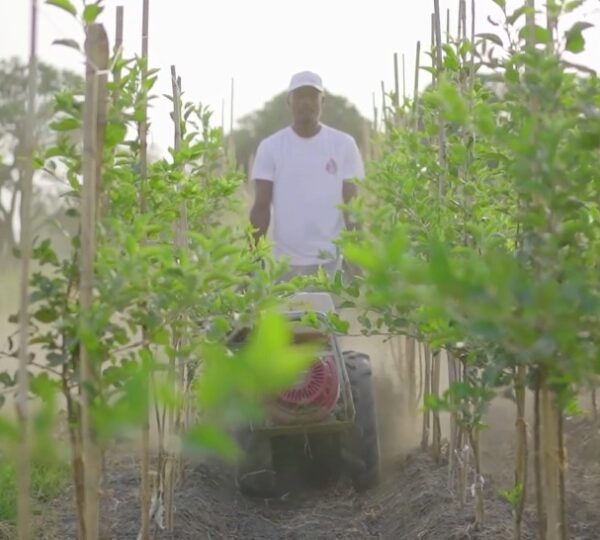
Apple Youth Scheme
A Dedicated Scheme for Strong
Youth of Uttarakhand 150 Imported Quarantine UHDP apple Plant
+
 Drip Irrigation System
Drip Irrigation System Mulch Sheet
Total Price -
INR 75,000 Only For 5+ Feather Plants
Mulch Sheet
Total Price -
INR 75,000 Only For 5+ Feather Plants
 Drip Irrigation System
Drip Irrigation System Mulch Sheet
Total Price -
INR 75,000 Only For 5+ Feather Plants
Mulch Sheet
Total Price -
INR 75,000 Only For 5+ Feather Plants
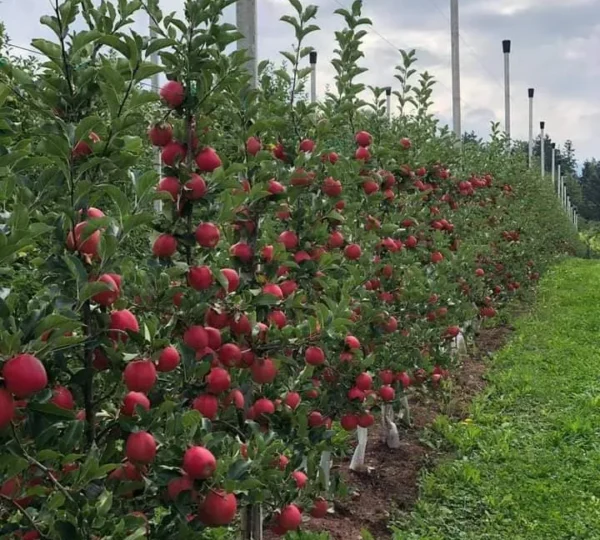
IDHT Only Plants Buy
Feathers Plants Pricing
| Plants | Price/Plant |
|---|---|
| 5+ Feathers Plants (Below 200 Plants) | 550 Rs/Plant |
| 5+ Feathers Plants (Above 200 Plants) | 480 Rs/Plant |
| 7+ Feathers Plants (Below 200 Plants) | 650 Rs/Plant |
| 7+ Feathers Plants (Above 200 Plants) | 580 Rs/Plant |
| 5-7 Feathers TRex Gala Apple Plants | 630 Rs/Plant |

